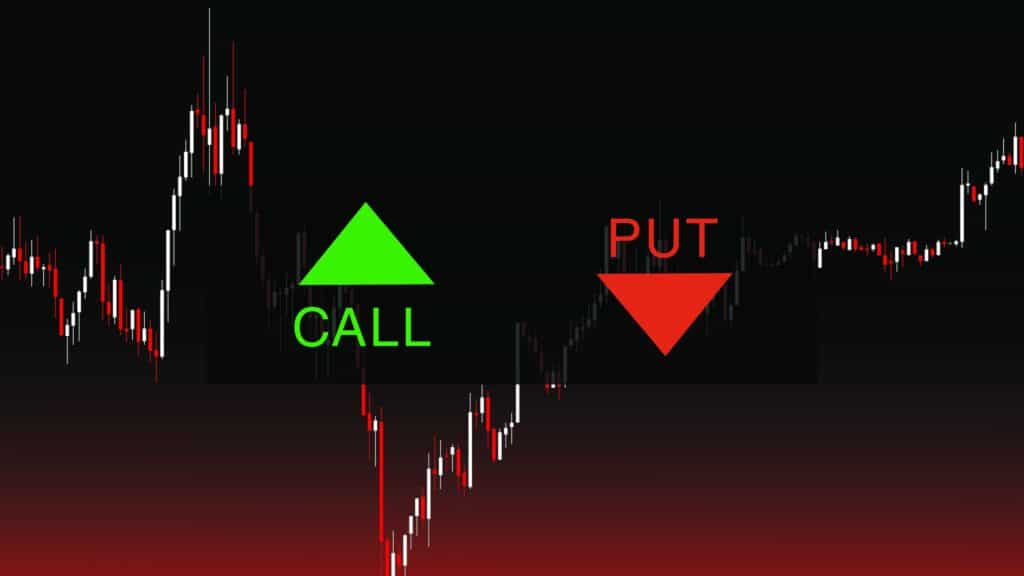The Best Swing Trading Strategy
Introduction to Swing Trading: A Gateway to Profitable Trading
Swing trading, a dynamic approach nestled between day trading and long-term investment strategies, offers unique opportunities for traders. Unlike the fleeting nature of day trading, swing trading involves holding positions for several days or weeks, capitalizing on short- to medium-term market trends.
Understanding the Swing Trading Strategy
Core Principles of Swing Trading
Swing trading stands on the pillars of technical analysis, market trends, and patience. By understanding the rhythms of the market, swing traders aim to make profits over a short to medium timeframe. This strategy requires a keen eye for identifying ‘swings’ in market prices, hence the name.
Technical Analysis: The Backbone of Swing Trading
Technical analysis, a critical component of swing trading, involves scrutinizing charts and historical data to predict future market movements. Tools like moving averages, RSI (Relative Strength Index), and MACD (Moving Average Convergence Divergence) are vital in a swing trader’s arsenal.
Developing a Winning Swing Trading Strategy
Finding the Right Stocks: A Crucial Step
Not all stocks are suitable for swing trading. Volatility and liquidity are key factors to consider. Stocks with consistent, predictable patterns are often the best candidates.
Timing the Market: When to Make Your Move
Timing is everything in swing trading. Utilizing indicators and market trends helps in determining the optimal entry and exit points, which is crucial for maximizing profits and minimizing losses.
Risk Management in Swing Trading
Setting Stop Loss and Take Profit Limits
Risk management is paramount. Setting stop-loss and take-profit orders helps protect investments from unexpected market shifts. This disciplined approach is essential for long-term success in swing trading.
Advanced Swing Trading Techniques
Leveraging Market Sentiment
Understanding market sentiment can give swing traders an edge. Using tools like the Fear & Greed Index helps gauge the emotional state of the market, which can influence trading decisions.
Incorporating Fundamental Analysis
While technical analysis is key, incorporating elements of fundamental analysis, such as company earnings, news events, and economic indicators, can provide a more holistic view of the trading environment.
Swing Trading with ETFs: Diversifying Your Portfolio
Why ETFs are Ideal for Swing Trading
Exchange-Traded Funds (ETFs) offer a diversified approach, reducing the risk associated with individual stocks. Swing trading with ETFs can be a safer, yet profitable strategy.
The Psychological Aspect of Swing Trading
Staying Disciplined and Managing Emotions
Swing trading is not just about strategies and techniques; it’s also about mindset. Maintaining discipline and managing emotions are crucial for making rational decisions.
Utilizing Swing Trading Software and Tools
Charting Software and Trading Platforms
Investing in the right tools, such as advanced charting software and reliable trading platforms, can significantly enhance a swing trader’s efficiency and accuracy.
The Role of Economic Indicators in Swing Trading
Interpreting Economic Data for Trading Decisions
Economic indicators like GDP growth, unemployment rates, and inflation can impact market trends. Understanding these can provide valuable insights for swing trading.
Swing Trading in Different Market Conditions
Adapting Strategies for Bull and Bear Markets
Swing trading strategies should be adaptable to both bull and bear markets. Recognizing the market phase and adjusting tactics accordingly is key to success.
Case Studies: Successful Swing Trading Examples
Learning from Proven Strategies
Examining case studies of successful swing traders can offer practical insights and inspiration for developing one’s own strategy.
Legal and Ethical Considerations in Swing Trading
Understanding Regulatory Compliance
It’s important to be aware of legal and ethical considerations, including regulatory compliance, to ensure trading activities are above board.
FAQs About Swing Trading
- What makes swing trading different from day trading?
- How much capital is needed to start swing trading?
- Can swing trading be a full-time career?
- What are the common mistakes to avoid in swing trading?
- How do market trends affect swing trading decisions?
- What are the best indicators for swing trading?
Conclusion: Embracing the Journey of Swing Trading
Swing trading is more than a strategy; it’s a journey that combines skill, discipline, and continuous learning. By mastering the art of swing trading, traders can navigate the markets with confidence and precision, leading to profitable outcomes
Happy Trading,

About The Author:
Billy Ribeiro is a renowned name in the world of financial trading, particularly for his exceptional skills in options day trading and swing trading. His unique ability to interpret price action has catapulted him to global fame, earning him the recognition of being one of the finest price action readers worldwide. His deep comprehension of the nuances of the market, coupled with his unparalleled trading acumen, are widely regarded as second to none.
Connect with us:





